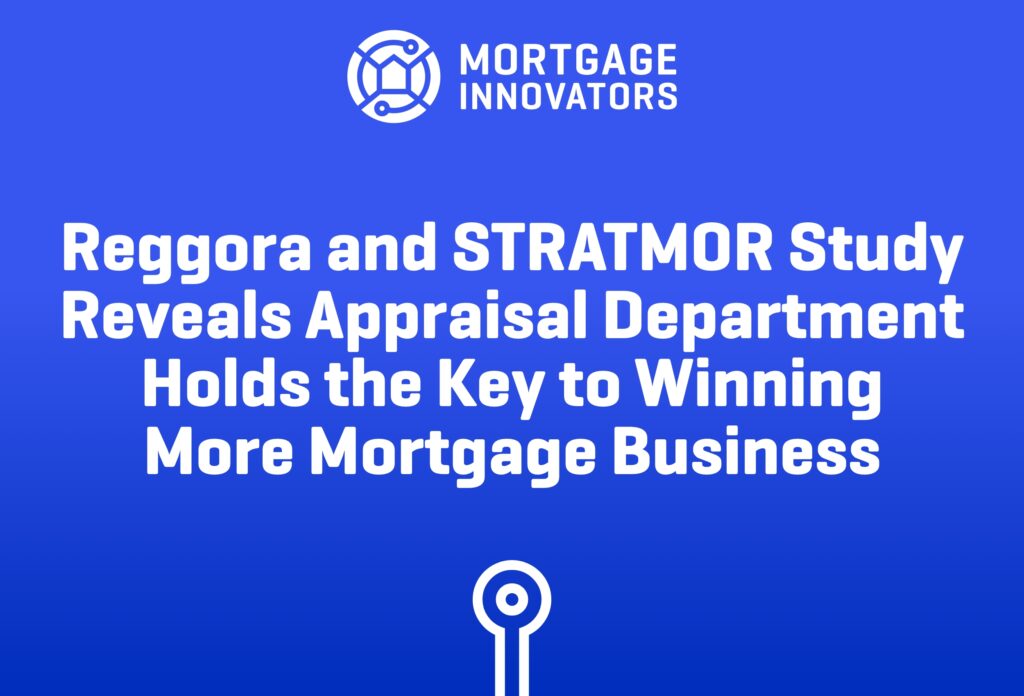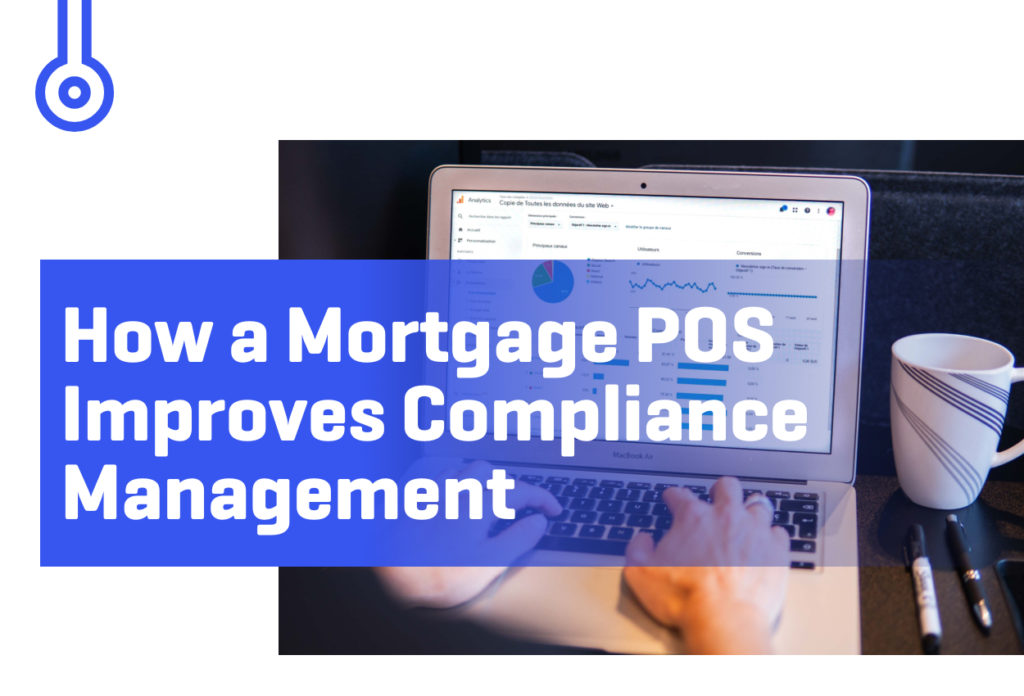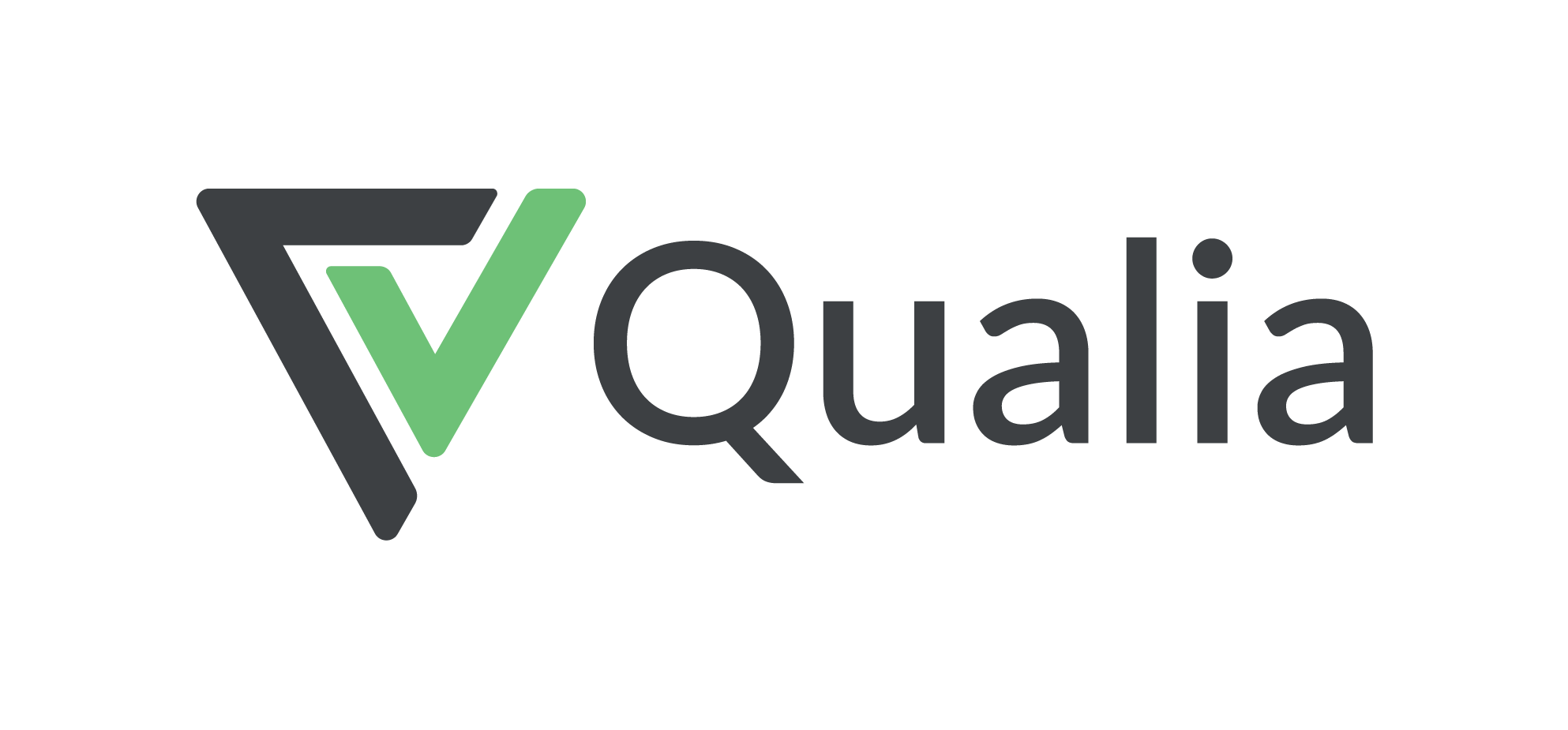Everyone expects a digital closing solution to have certain features, like document preview, eSigning, eNote, and eNotarization.
These are the obvious things that you need to check off your list when evaluating eClosing platforms. There are some not-so-obvious capabilities and requirements that are critical to your success, which you also need to look for.
You might not immediately think to look for these things since their value isn’t apparent. However, the following six capabilities and requirements are incredibly important if you want to see ROI. Let’s break down each of these and how they enable lenders to scale digital closings and get business results.
Support for all types of closings and documents
To offer digital closings efficiently, you need to have a solution that handles all types of closings: wet closings, hybrid closings, and eClosings. If the solution only supports some closing types, you’ll be forced to manage multiple processes and systems. This creates confusion, slows down your team, and introduces opportunities for mistakes.
You also need to remember that lenders will manage a mix of closing types for years to come. There are still many parties that need to accept and adopt all the components that are required for an eClosing. Even when all industry stakeholders do support eClosings, borrowers will continue to have different technological preferences and proficiencies. Some will still want a wet or hybrid closing, so you need to be prepared to support all closing types.
The solution needs to support all types of documents too, including standard docs, custom docs, title docs, and security instruments. When you and your settlement partners aren’t able to upload, sort, and annotate all of your documents using the digital closing platform, you’ll also create multiple inefficient workflows. Not only will you end up frustrating and confusing your internal team, but also your settlement partners.
Ability to handle 100% of your volume
It isn’t enough for the digital closing technology to support all closing types. It also needs to be able to process 100% of your loan volume. Again, you don’t want to have multiple closing processes, since they’re an operational headache for everyone. Closing all of your loans through a single solution gives your team a standardized workflow that they can follow for every transaction. This eliminates any decisions they have to make when determining the steps they need to take for each type of closing.
Having a digital closing solution that can support all of your volume also means you aren’t limited to doing only a certain number of hybrid closings or eClosings. Digital closing providers shouldn’t place a cap on the number of digital closings you can do through them. Otherwise, you won’t be able to get the operational efficiencies that only come from doing digital closings at scale.










